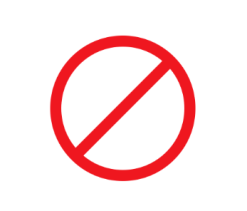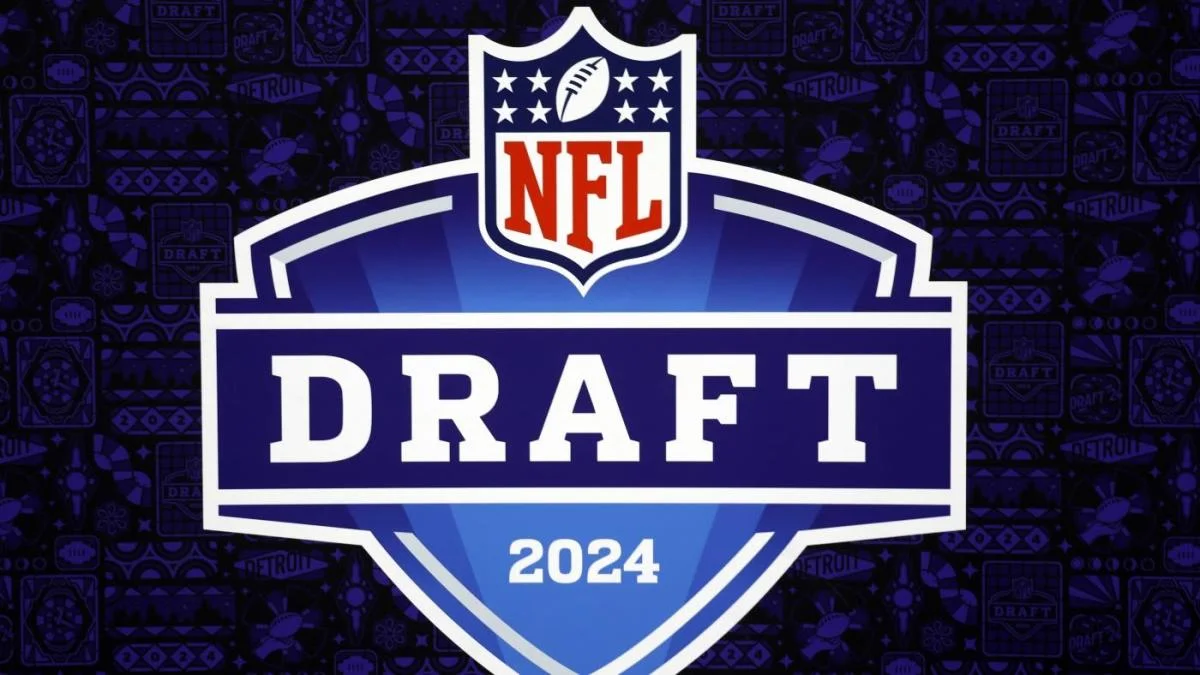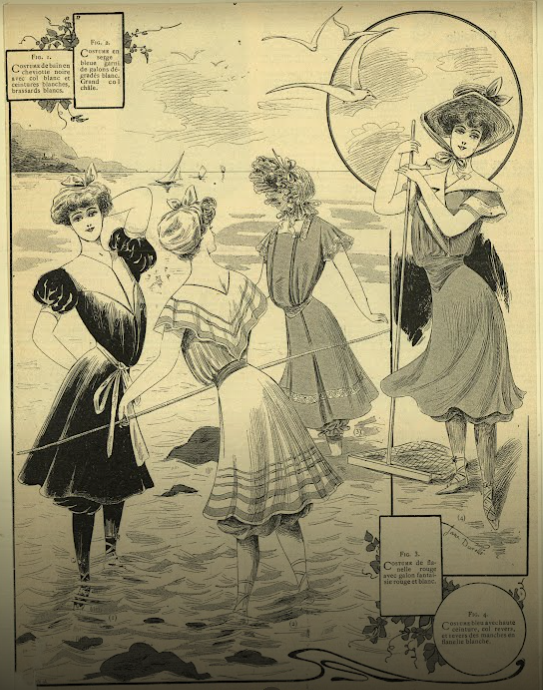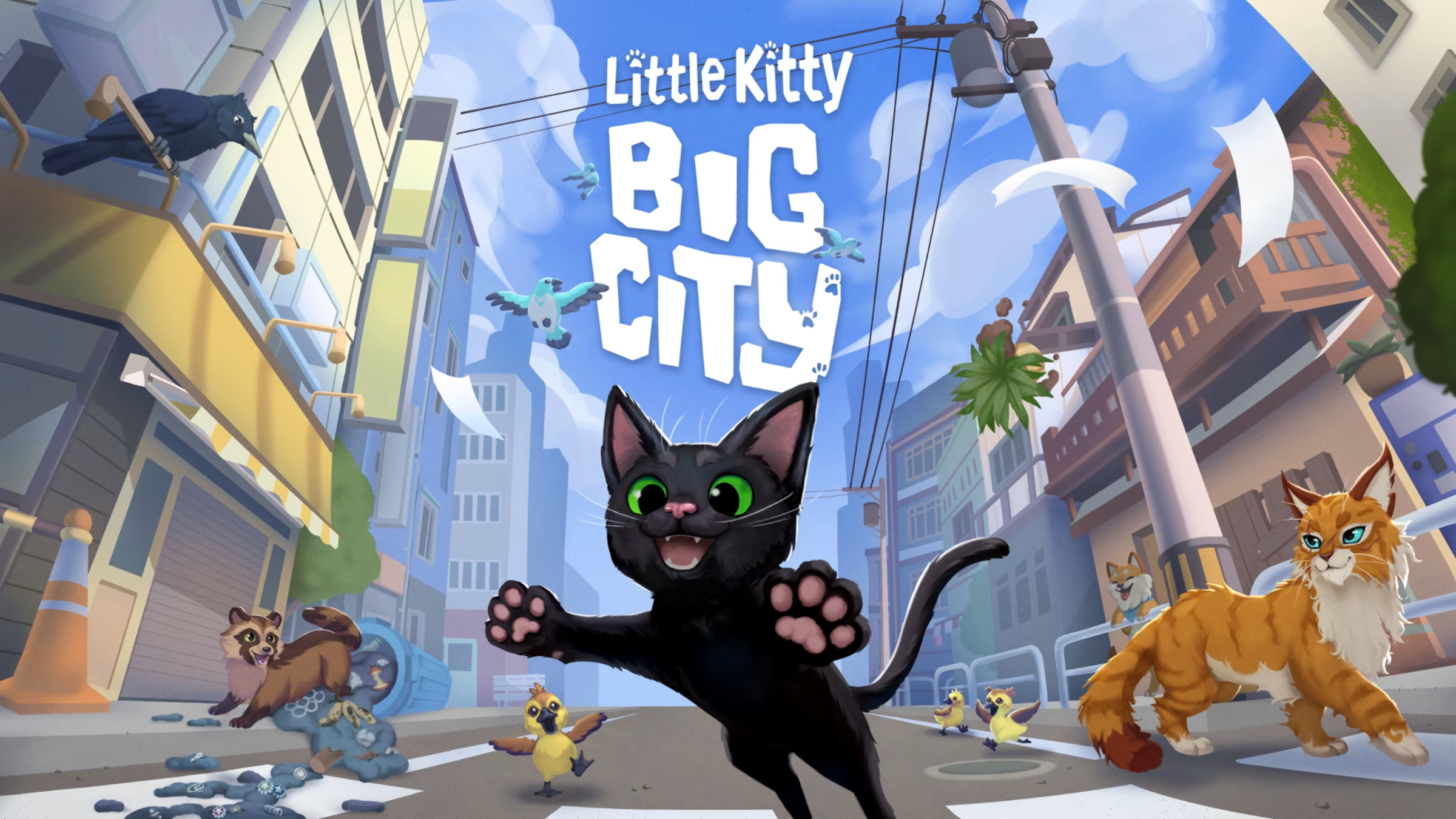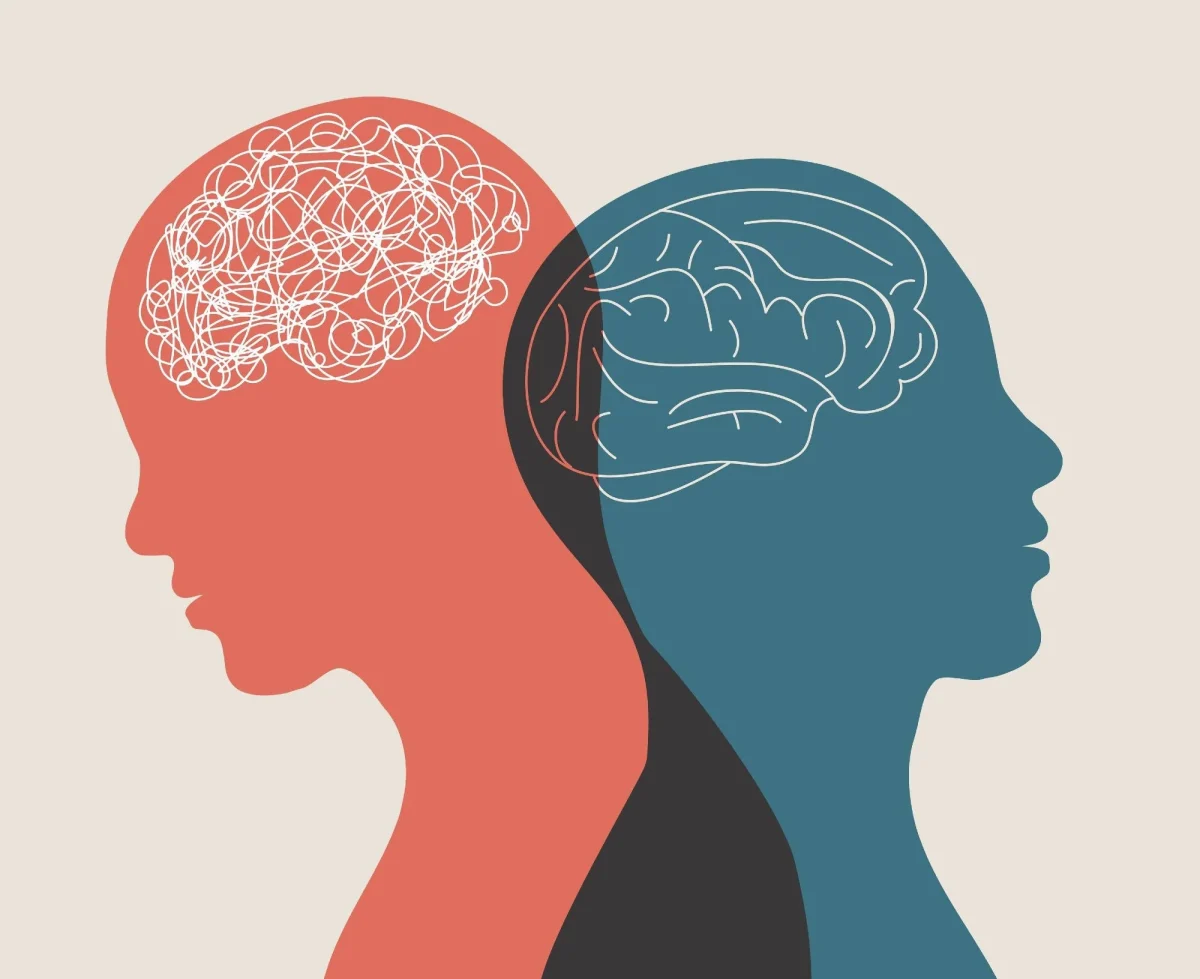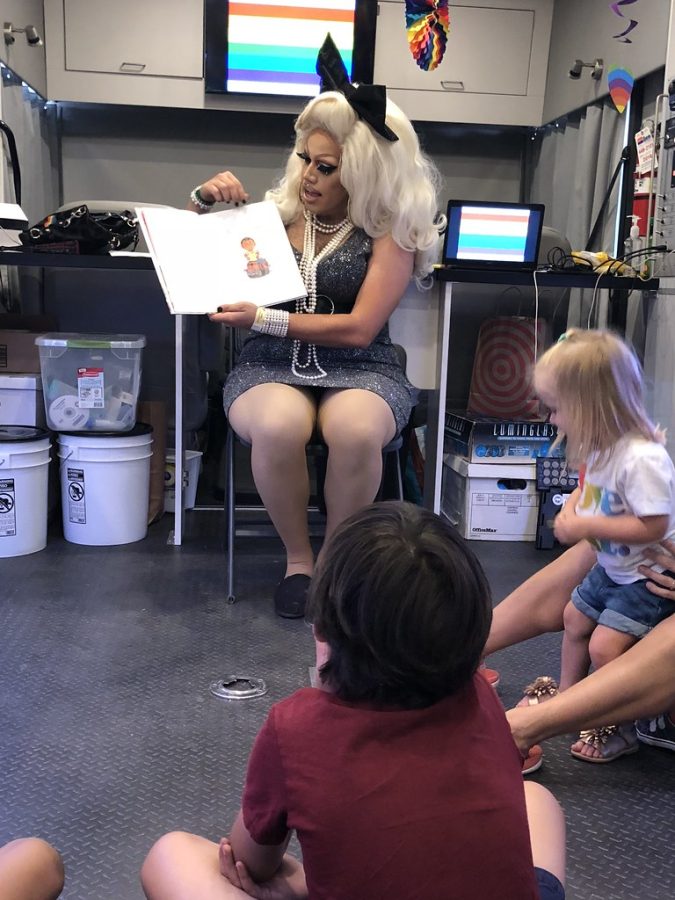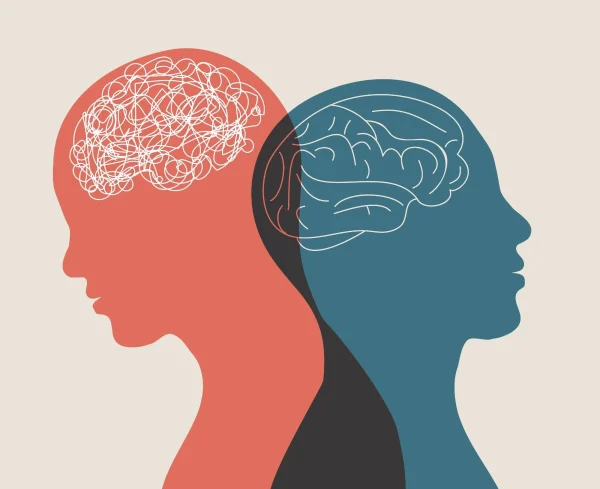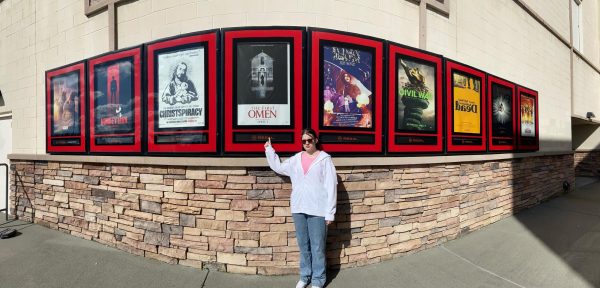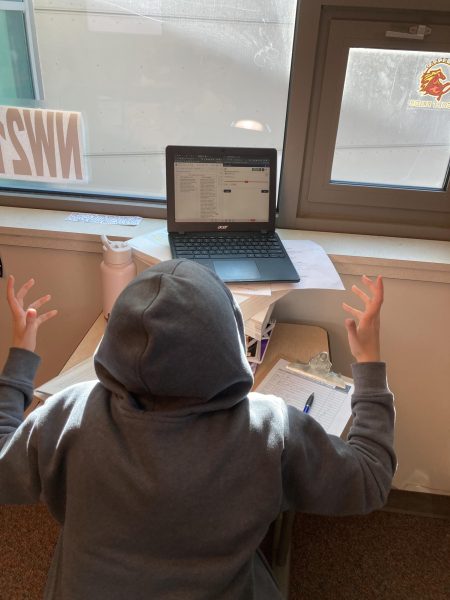Drag Queens and the truth about them
They are not at all what society has demonized them to be.
May 11, 2023
Drag queens and kings have been around for generations. They can be men who dress up as women or women who dress up as men.—dressing up with dresses and fancy make-up depending on their character. Anyone can be a drag queen or king, regardless of gender.
Unfortunately, Drag queens have been through numerous attacks and threats in this year alone. Such as the March 26th incident of 2023 when a Drag Queen Story Time Show in KY was the target of a bomb threat. Of the 161 Anti-Drag attacks this year so far, 36 were bombing incidents or attempted bombings.
These attacks are not isolated incidents. On January 21st of this year, Cokeville, TN. According to the GLADD organization, Extremists protested outside of Hix Farm Brewery, holding a Nazi flag, and chanted homophobic slurs at those who were participating in the drag shows. They carried signs featuring a number of slurs, directing them towards the drag queens, stating “Why are you putting up these shows for children?” when it was reportedly only open for people 18 and older. This was one of many other homophobic attacks during the months of January all the way to April. These actions, largely, are the result of ignorance. This article is meant to combat some of that ignorance.
Drag queens were first introduced in the U.S. in the 1880s by the famous drag queen “William Dorsey Swann.” He was a gay man of color who wanted to express himself, so he led a group that became what was known as drag, calling himself the first drag queen. It spread to neighboring countries like Great Britain, becoming more popular in the 1960s and above then. Today, drag queen shows are a huge thing, but some members of society are demonizing and labeling them as “female impersonators.” This also applies to Drag kings, being called “male impersonators.” Though, this is not the truth.
Drag culture and what drag is all about
Drag queens are being called groomers, female impersonators, male impersonators, pedophiles, queers, and other insults. In reality, this is rarely the case. Some such as RuPaul’s Drag Race and World of Wonder donated to charities for mental health, LGBTQ communities, cancer, etc. Others teach children to explore themselves and their identity, wanting them to get comfortable with themselves and know that it is okay to be who they are as a person.
Drag culture is not just men dressing up as women and women dressing up as men. It is an entertainment style, along with being defined as a creative and powerful act for self-expression. It even “gives them a voice” as writer Kiana Shelton says. It can be a thing someone does for fun, or it can be used as a way for someone to find themself. Anyone is able to join and do drag, regardless of gender or gender orientation.
What is the difference between Drag and Trans?
The term drag is different from cross-dressing and transgender. Yes, some drag kings and queens are transgender themselves, but that does not mean that drag fits in the trans category. It’s more of its own category. Though they are similar, transgender people are people who feel as if they are the opposite gender than what they were assigned at birth, while drag queens is an entertainment style and a way for people to feel empowered and proud.
In all, not all drags are what they are demonized and labeled as. They are people too, just like us all. Drag holds a certain kind of power that pushes boundaries, helping people fundamentally and mentally. “Fulfillment isn’t found over the rainbow—it’s found in the here and now,” RuPaul has said. “Today, I define success by the fluidity with which I transcend emotional landmines and choose joy and gratitude instead.”

